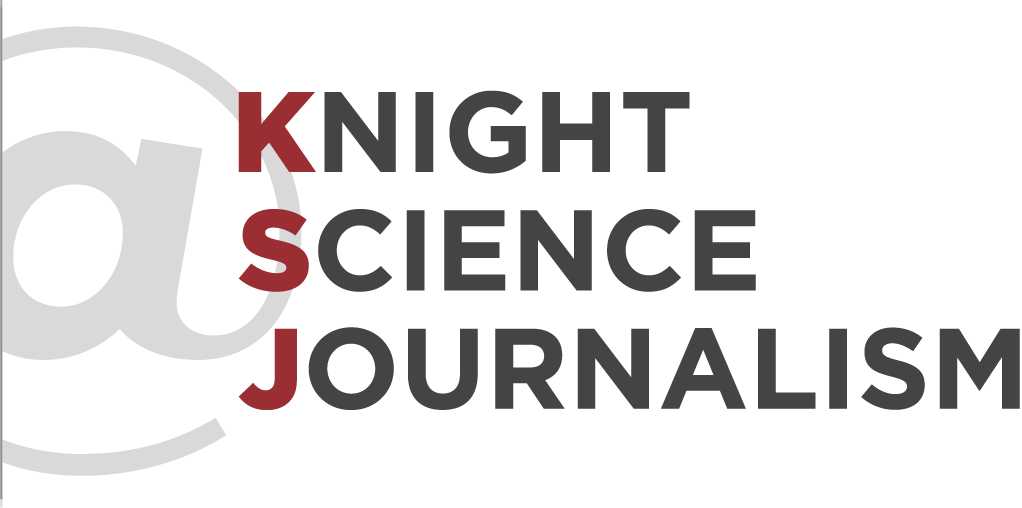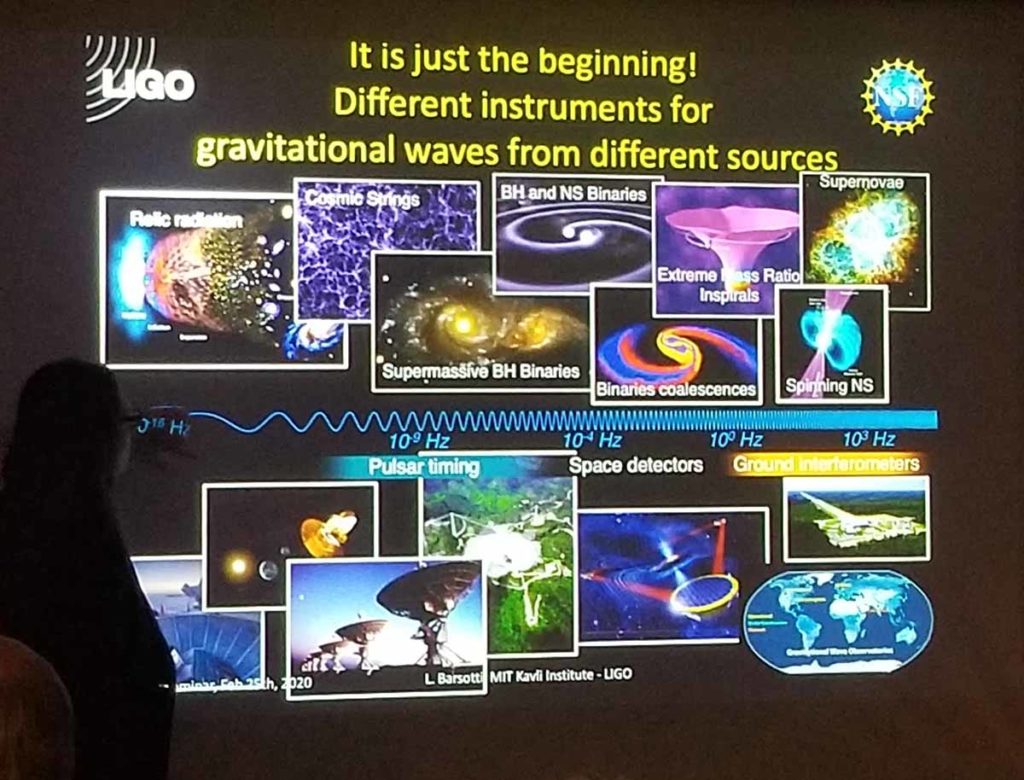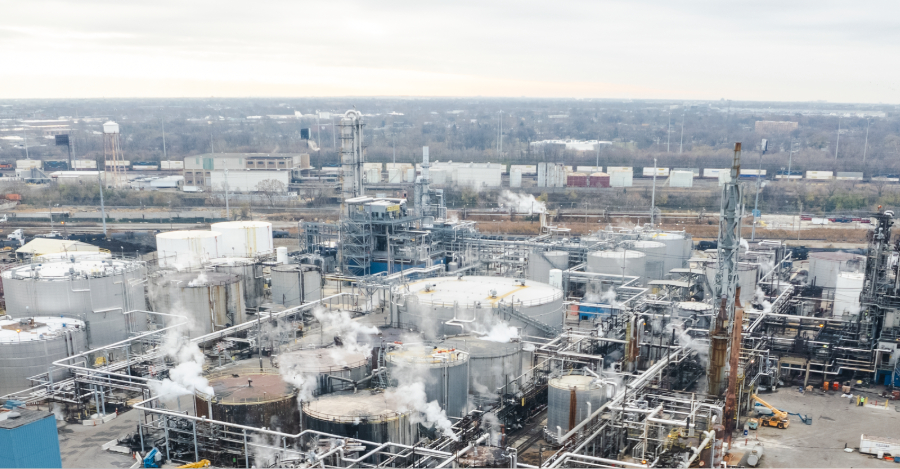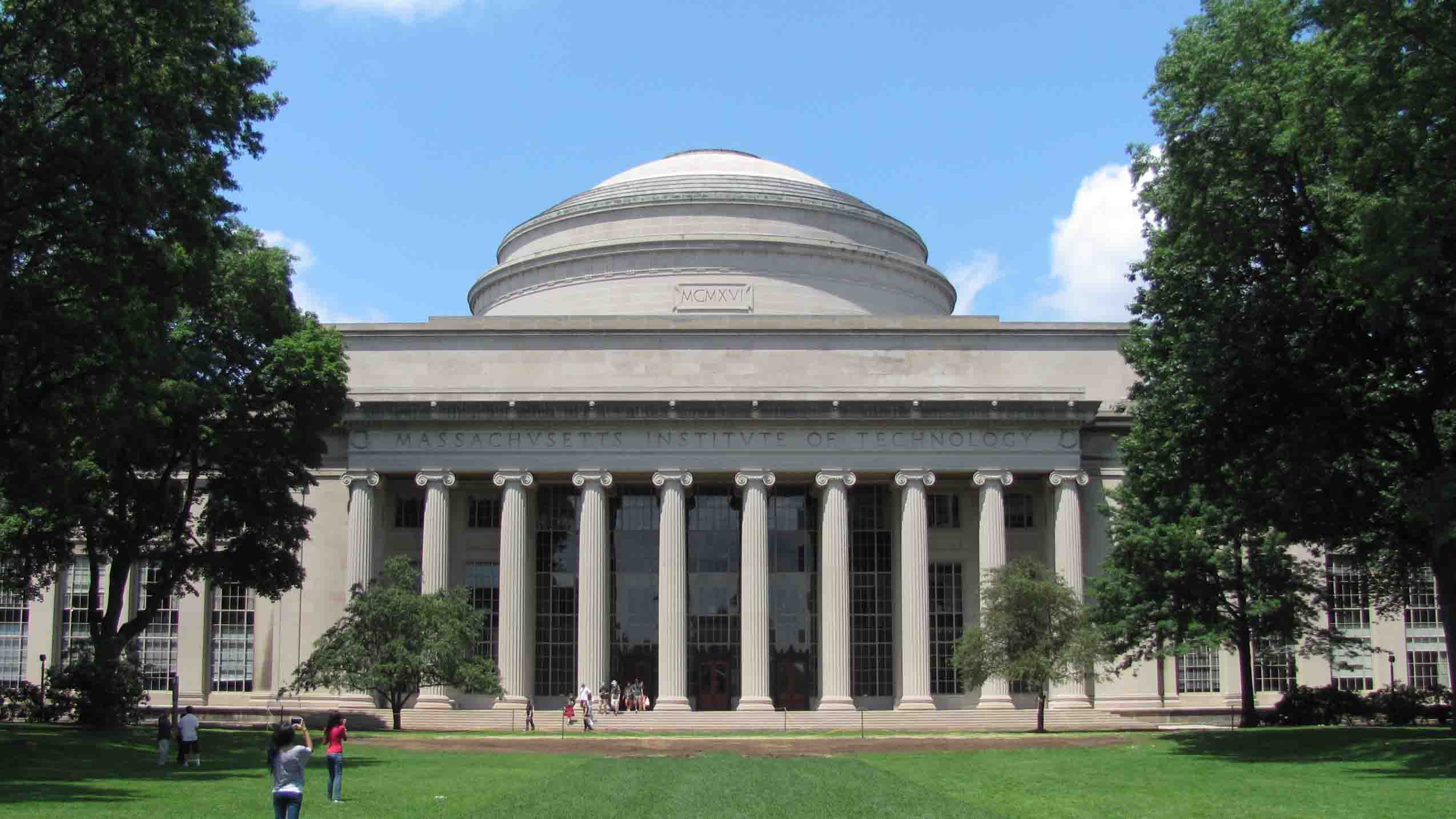During her recent visit to the Knight Science Journalism Program, Barsotti described what it was like to be part of the team that first observed gravitational waves.
On the 11th of February, 2016, physicists declared that they had finally detected gravitational waves, elusive ripples in the fabric of space-time. Scientists around the world celebrated the discovery, which confirmed Albert Einstein’s general theory of relativity.
The observation of gravitational waves earned the 2017 Nobel Prize in Physics, and it marked a triumph for scientists at the Laser Interferometer Gravitational-Wave Observatory, or LIGO. Among them was Lisa Barsotti, a physicist who has dedicated her career to the search for and study of gravitational waves. Recently, Barsotti spoke at the Knight Science Journalism Program, where, with the help of videos and live experiments, she took her audience on an astronomical adventure. Along the way, she shared what it was like to be part of one of the century’s greatest scientific achievements.
“There are some aspects of the story that are really remarkable,” Barsotti began. She explained that in the 17th century, Isaac Newton came up with a formula that described gravity. Although the formula seemed perfect, there was still a problem that many later scientists were content to ignore. Newton’s theory predicted that when the distance between two objects changed — Barsotti moved two chairs apart to illustrate — the gravity acting on the objects changed instantly. But how could anything move instantly, faster than light?
Einstein was skeptical. He proposed instead a theory in which gravitational energy propagates in waves, rippling through the space-time fabric at the speed of light — but no faster. Known as the general theory of relativity, Einstein’s model elegantly tied together the loose ends of Newton’s physics by reimagining space itself. “Mass tells space how to curve, and space tells the mass how to move,” Barsotti said.
Barsotti stretched out a pink sheet to explain the science. Moving her arms, she produced wavecrests that traveled the length of the sheet. She explained that the wave caused the distance between any two points on the sheet to change by a tiny amount. In theory, the same thing should happen to two points on Earth when a gravitational wave passes through the planet. All that’s needed is an exquisitely sensitive instrument capable of detecting that change.
In 1992, the National Science Foundation approved funding for just such an instrument: a pair of observatories — one in Livingston, Louisiana, the other near Richland, Washington — together called LIGO. The observatories use laser beams reflected between distant mirrors to detect the slightest shifts in space-time. And on a historic day in September 2015, they picked up the signal of gravitational waves created by the merger of two faraway black holes.
Barsotti could recall the excitement. At first, she said, her team wanted to make absolutely sure they had not made a mistake: In the past, false claims of gravitational wave detection had dealt blows to the public’s perception of the field. But when it became clear that the detection was real, the excitement was uncontainable. For Barsotti, the achievement represented a seemingly unsurpassable career highlight; she said she asked herself what she was going to do with her life. “That didn’t last long,” she laughed.
In the four years since that first detection, scientists have observed more than 50 additional potential gravitational wave events. New detectors are being constructed around the world, including a third LIGO observatory in India. And Barsotti has set new goals for herself. At MIT, she and her colleagues are busy developing the next generation of sensors for LIGO. Better detectors will allow scientists to both find more gravitational waves from around the universe and learn more about the cosmic events that produce them, like supernovae and merging black holes.
As the seminar drew to a close, Knight Science Journalism Fellow John Fauber asked Barsotti what Einstein would say if he were around to see how far physicists have come. “I think he would say, well done.” Barsotti said. “It’s amazing.”





Leave a Reply